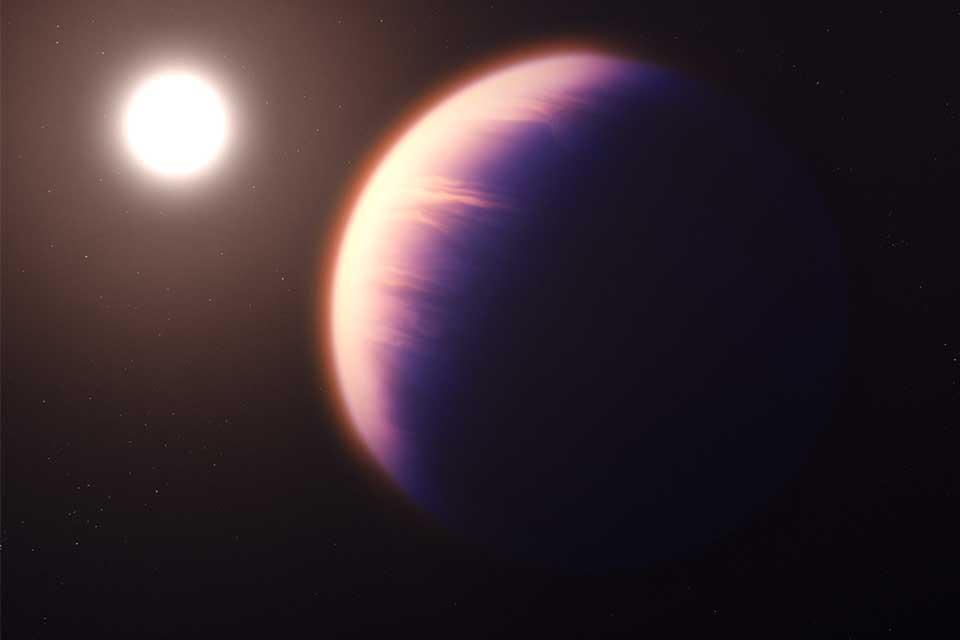Exoplanets and planetary physics
Atmospheric, Oceanic and Planetary Physics
NASA’s James Webb Space Telescope has captured the first definitive detection of carbon dioxide in the atmosphere of a planet beyond our solar system. The result provides important insights into the composition and formation of the planet, and indicates that the telescope will be capable of measuring carbon dioxide on other exoplanets, including those that may potentially harbour life.
Identification of carbon dioxide in an exoplanet atmosphere, JWST Transiting Exoplanet Community Early Release Science Team

